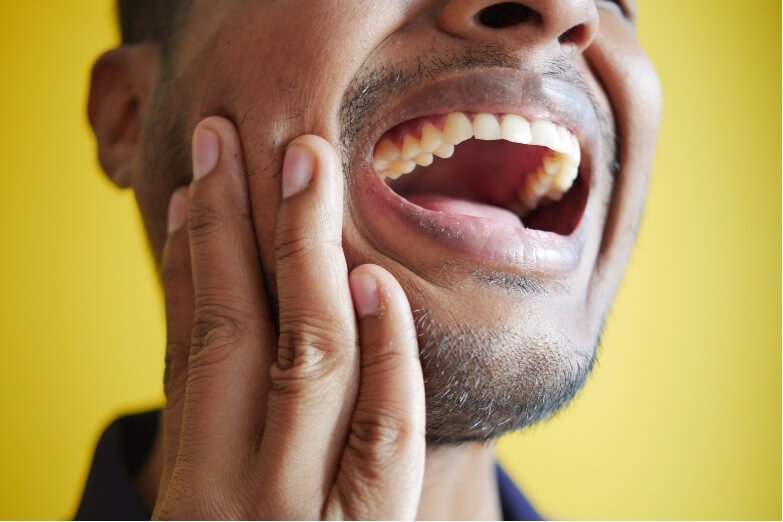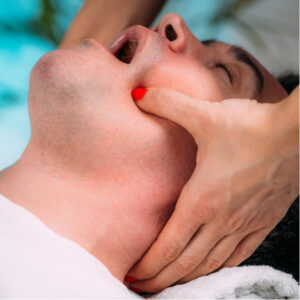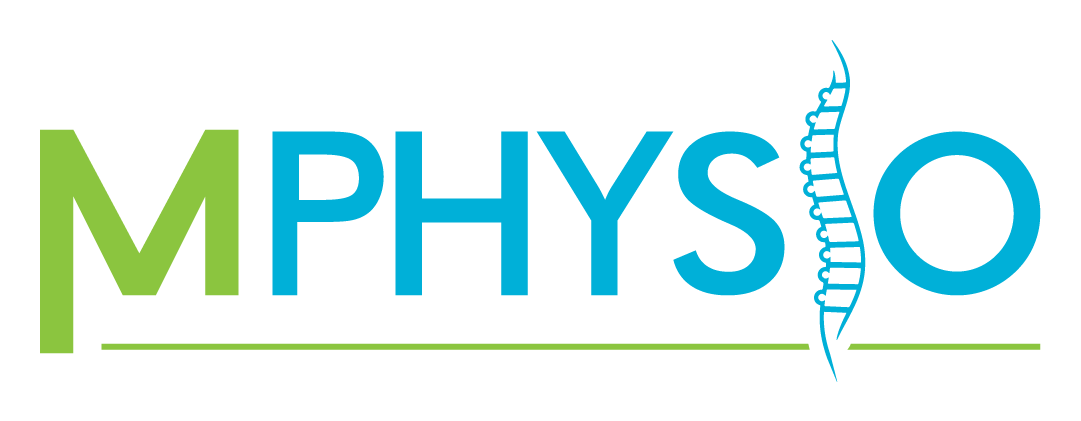Blog, Physiotherapy
Jaw Pain? Could Temporomandibular Disorder (TMD) Be the Root of the Problem?

Temporomandibular Disorder (TMD) refers to a group of conditions affecting the temporomandibular joint (TMJ) and the surrounding muscles.
This complex joint connects the lower jaw (mandible) to the skull (temporal bone), allowing for essential functions like chewing, speaking, and yawning.
Unfortunately, Temporomandibular Disorder can lead to significant discomfort and functional limitations.
What is TMD?
TMD encompasses a range of issues that can cause pain and dysfunction in the jaw. It can result from various factors, including:
- Jaw Injury: Trauma from accidents or injuries can lead to inflammation and pain in the TMJ.
- Teeth Grinding (Bruxism): This often unconscious behaviour puts excessive strain on the joint and muscles, causing irritation.
- Poor Posture: Misalignment of the head, neck, and shoulders can affect jaw function, leading to TMD.
- Arthritis: Conditions like osteoarthritis or rheumatoid arthritis can also impact the joint, causing pain and swelling.
Symptoms of TMD
Individuals with TMD may experience a variety of symptoms, including:
- Jaw Pain: Discomfort or aching around the jaw, especially when chewing or speaking.
- Clicking or Popping Sounds: Noises during jaw movement may indicate joint dysfunction.
- Limited Jaw Movement: Difficulty opening or closing the mouth fully.
- Headaches: Frequent headaches, particularly in the temples, often accompany Temporomandibular Disorder.
- Neck and Shoulder Pain: Tension in surrounding muscles can lead to discomfort in these areas.
The Importance of Diagnosis
Diagnosing TMD involves a comprehensive assessment by a healthcare professional, often including a physical examination and a review of symptoms.
Imaging studies like X-rays or MRIs may be used to evaluate the joint and surrounding structures.
How Physiotherapy Can Help
Physiotherapy plays a crucial role in managing and alleviating Temporomandibular Disorder symptoms.
Here’s how:
- Personalised Assessment: A physiotherapist will evaluate your jaw movement, muscle tension, and posture to tailor a treatment plan to your specific needs.
- Manual Therapy Techniques: Hands-on techniques, including joint mobilisation and soft tissue massage, can help reduce pain and improve mobility in the TMJ.
- Targeted Exercise Programs: Specific exercises can strengthen the muscles around the jaw, improve flexibility, and promote proper function. This may include stretching and relaxation exercises.
- Postural Correction: Guidance on maintaining proper head, neck, and shoulder alignment can significantly reduce strain on the jaw.
- Self-Care Education: Patients will receive advice on managing symptoms at home, including stress-relief techniques and lifestyle modifications.
Conclusion
Temporomandibular Disorder can be a challenging condition, but understanding its causes and symptoms is the first step toward relief.
With the right physiotherapy intervention, individuals can regain function and enjoy a pain-free life.
If you suspect you have TMD, don’t hesitate to reach out to one of our experienced clinicians. Unlocking your jaw’s potential is just a treatment away!
 |
Written By:
Masters of Physiotherapy |


